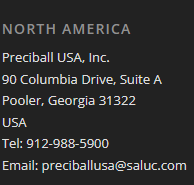Ceramic balls are mainly used in harsh environments. Their main advantages on steel is that they have a density 40% lower than steel, have 29% lower thermal expansion and are 150% harder. In certain high-speed applications their life is extended hundred times. It is also used as grinding media. There are three main types.




